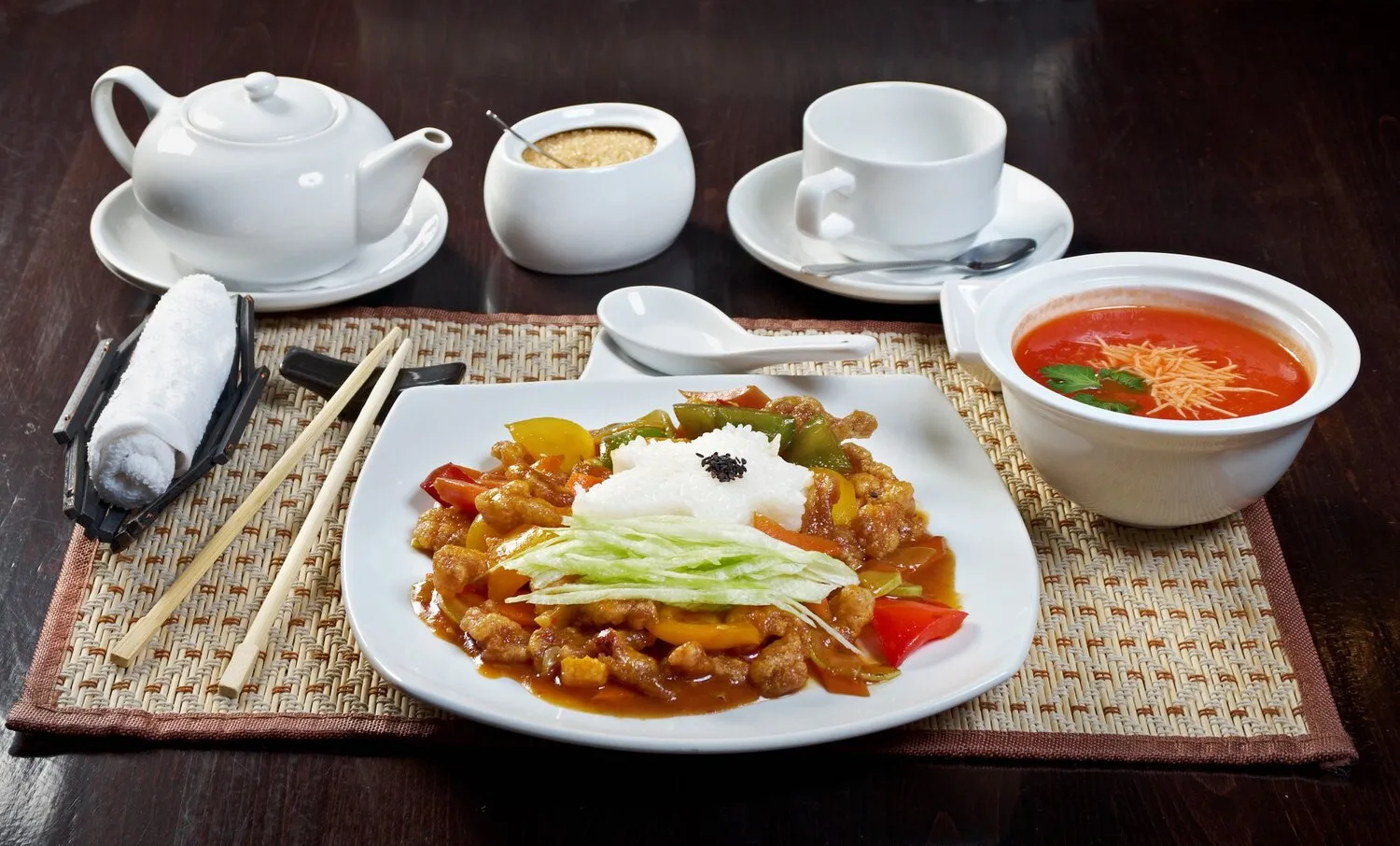
Omelete
Omelet.
Nutrition Facts
* The % Daily Value (DV) tells you how much a nutrient in a serving of food contributes to a daily diet. 2,000 calories a day is used for general nutrition advice.
The omelette's origins are somewhat murky, but its basic form, a cooked egg dish, has existed for centuries. Variations of cooked eggs are found in ancient Rome and Persia. The modern omelette, however, is widely believed to have originated in France. Legend has it that Napoleon Bonaparte, while traveling through the town of Bessières, tasted an omelette so delicious that he ordered every egg in the town to be gathered and a giant omelette prepared for his army the next day. While the story might be apocryphal, it highlights the omelette's association with French cuisine and its versatility.
The omelette, due to its simplicity and versatility, is a staple in many cultures and holds different meanings and cultural significance depending on the region.
French Breakfast Staple
In France, the omelette is often a quick and easy breakfast or brunch option, showcasing fresh, seasonal ingredients.
Global Adaptation
Around the world, omelettes have been adapted to local tastes and ingredients, resulting in countless variations and fusion dishes. For example, in Japan, the Omurice (omelette rice) is a popular dish.
Culinary Test
A perfectly cooked omelette, smooth and evenly cooked with a slightly runny interior, is often considered a test of a chef's skill in French cuisine.
The flavor profile of an omelette is highly dependent on the fillings used, but the base flavor is primarily that of cooked egg. Butter adds richness and a subtle nutty flavor. The fillings introduce a wide spectrum of tastes, from savory and umami to sweet and tangy.
The egg itself provides a mild, slightly sulfurous flavor that is enhanced by the richness of butter or oil used for cooking. Common savory fillings include cheese (cheddar, Gruyère, Swiss, feta), herbs (parsley, chives, tarragon), vegetables (mushrooms, onions, peppers, spinach, tomatoes), and meats (ham, bacon, sausage). Each ingredient contributes its unique flavor profile to the overall dish. Sweet omelettes often incorporate fruit (berries, bananas), jams, or sweetened cream cheese.
Proper Pan and Heat
Use a non-stick pan of the appropriate size (usually 8-10 inches) and heat it over medium heat until a drop of water dances on the surface. Avoid overheating, as this can lead to a dry, rubbery omelette.
Egg Preparation
Whisk the eggs vigorously until light and frothy. A splash of milk or cream can add extra richness and tenderness. Season with salt and pepper to taste.
Cooking Technique
Pour the egg mixture into the hot pan and let it cook undisturbed for a few seconds until a thin layer forms around the edges. Use a spatula to gently push the cooked egg towards the center, allowing the uncooked egg to flow underneath. Continue until the omelette is mostly set but still slightly moist on top.
Filling and Folding
Sprinkle your desired fillings over one half of the omelette. Gently fold the other half over the fillings. Cook for another minute to melt the cheese and warm the fillings through. Slide the omelette onto a plate and serve immediately.
Explore additional Omelet dishes and restaurants
Explore OmeletDiscover top dining spots and culinary experiences in Franca.
Explore FrancaLearn more about the food culture, restaurant scene, and culinary heritage of Brazil.
Explore Brazil